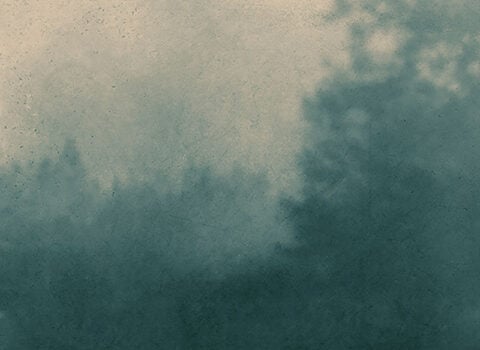The Ottoman army capturing Belgrade, from a sixteenth-century manuscript © Gianni Dagli Orti/Shutterstock
The finest historical fiction—Hilary Mantel’s Wolf Hall trilogy, for example—renders the strange grippingly familiar; so too do those rare historians whose novelistic understanding of their subject brings it to life. Christopher de Bellaigue, an acclaimed historian of the Middle East, has done just this in The Lion House (Farrar, Straus, and Giroux, $28), a vivid, cinematic account of the rise of Suleyman the Magnificent that is written almost entirely in the present tense. The book unfolds through the eyes of his closest courtiers and…

























































































